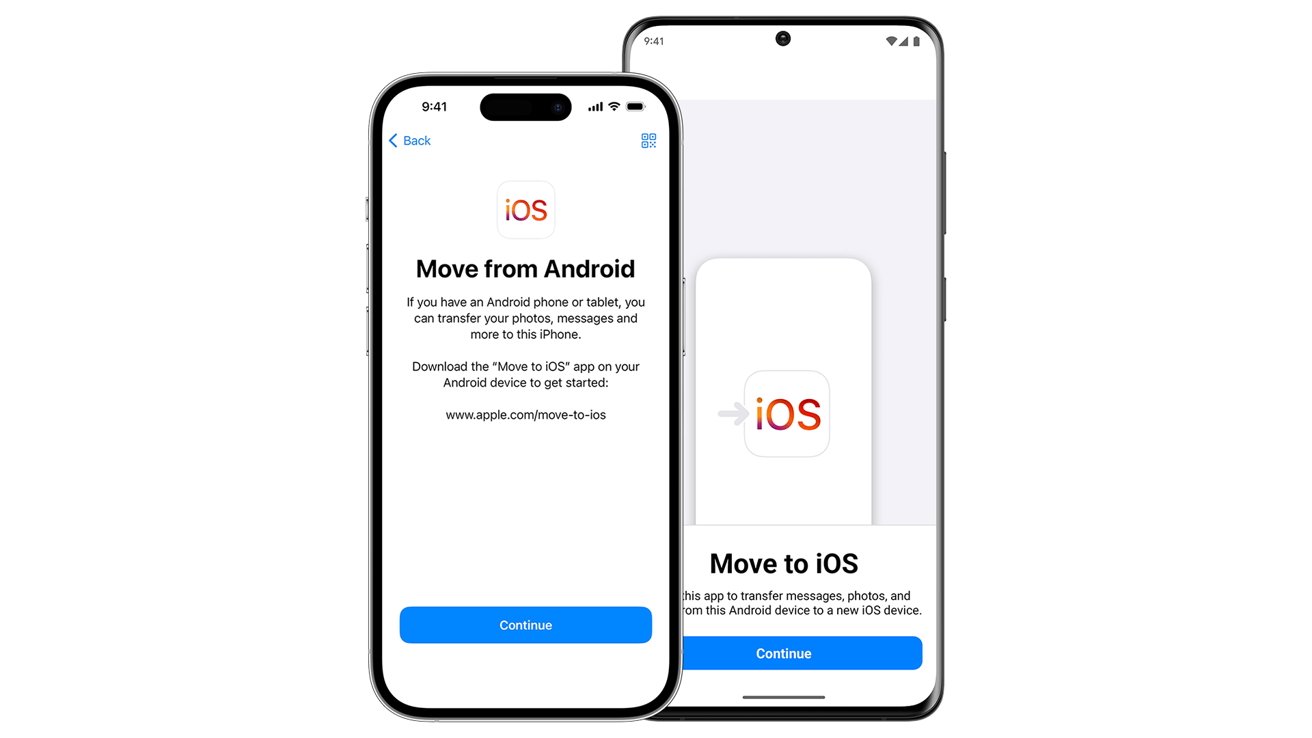If there is a benchmark in the smart ring segment, it is Oura. The Finnish company has been working on these wearables for more than a decade, and after that long journey it is beginning to reap the rewards. This is demonstrated by his good health and his future plans.
First, the famous. The firm began to become known especially through – and never better said – great personalities from the film and technology industries. Famous people like Will Smith or Larry Page, co-founder of Google, showed it and began to spark the conversation about this type of device.
The rings begin to gain ground. The wearables market continues to focus on headphones, activity bracelets and especially smart watches, but smart rings present an increasingly interesting alternative… with the permission of connected glasses.
Oura is fine. As indicated in Bloomberg, Oura expects to double its sales this year and reach revenues of around $500 million, a figure that is already truly notable considering that the reach of these devices is still very limited. They also expect to have “healthy” growth in 2025.
2.5 million rings. The company’s CEO, Tom Hale, explained in that article how Oura has already sold more than 2.5 million smart rings. The growth is notable: in 2022, after a round of investment, they explained that they had sold one million rings.
The market is encouraged. Oura sells its ring for $300 and accompanies it with a subscription of $6 a month to complete its advanced functions and which apparently generates a lot of loyalty among its customers, Hale highlighted. In recent months, interest has grown thanks in part to the Samsung Galaxy Ring, of which we were already able to tell our first impressions and which has just gone on sale in Spain for 449 euros.
Oura prepares a new and promising model (for now). The firm has not revealed details, but sources close to the company indicate that they will present a new smart ring this October. This model, which represents a significant leap from the previous model from three years ago, will be thinner and have greater autonomy, as well as more precise activity tracking.
Going public, nothing. Hale explained that 80% of revenue comes from hardware and the rest from software subscriptions, but they expect the latter part to grow significantly. This growth has not put a rush on a possible IPO. “We don’t really have a plan to become a public company,” a move he believes is “a huge waste of energy.”
In WorldOfSoftware | Smart rings have a pretty big repairability problem. There doesn’t seem to be a solution











